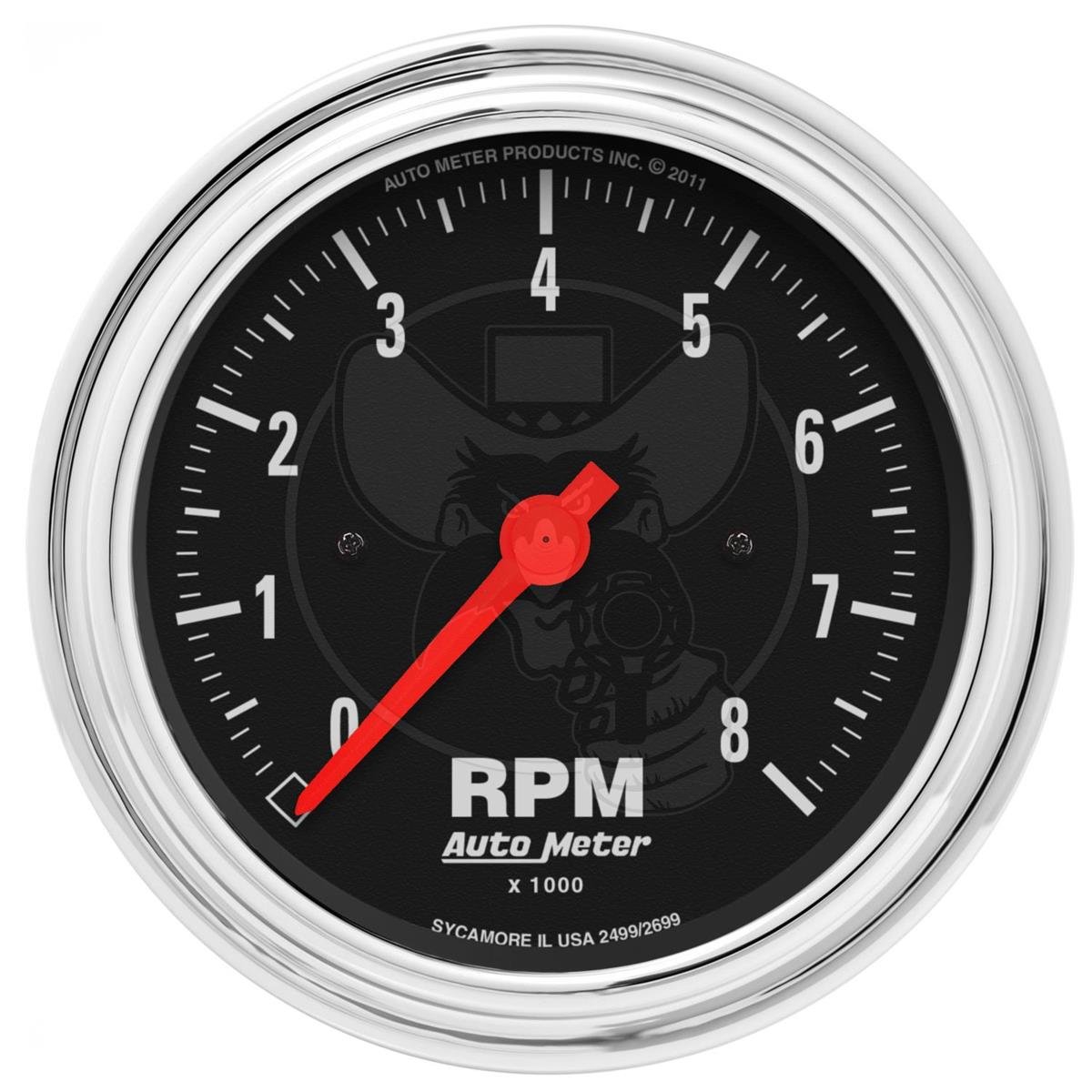The Value of a Tachometer in Keeping An Eye On Engine Rate and Efficiency in Automotive Applications
In the realm of auto engineering, the tachometer stands as a crucial instrument in the vehicle driver's arsenal, providing a straight window right into the internal workings of an automobile's engine. Past its function as a plain gauge of changes per min (RPM), the tachometer acts as a crucial tool for fanatics and professionals alike, supplying real-time understandings into engine efficiency and wellness. Understanding the relevance of this tool exceeds surface-level observations, delving right into the detailed relationship between engine rate, power result, and overall driving experience. As we discover the complex role of the tachometer in automobile applications, a much deeper gratitude for its effect on car characteristics and performance starts to arise.
Value of Keeping Track Of Engine RPM
Keeping track of engine RPM, or revolutions per min, is a vital aspect of auto maintenance and efficiency assessment. Engine RPM directly correlates with the rate at which the engine's crankshaft turns, showing exactly how quickly the engine is running.
Moreover, monitoring engine RPM is crucial for efficiency evaluation in racing and high-performance lorries. In summary, monitoring engine RPM is not only important for identifying issues however likewise for maximizing engine performance in different automobile applications.

Advantages of Real-Time Information
In automotive applications, real-time data plays a critical duty in providing instant insights into the performance and problem of the lorry. By continuously monitoring various parameters such as engine speed, temperature level, gas intake, and more, real-time data offers numerous benefits that add to boosted performance and safety and security when driving.
In addition, real-time data facilitates performance optimization by giving prompt responses on driving practices and engine efficiency. Vehicle drivers can change their actions in real-time based on this info to attain much better fuel economy and extend the life-span of their automobile.

Moreover, real-time information plays a vital duty in contemporary automotive diagnostics, making it possible for specialists to promptly diagnose and deal with breakdowns. This leads to minimized downtime, lower upkeep prices, and ultimately, enhanced total vehicle dependability and durability (tachometer). By using the power of real-time information, vehicle stakeholders can make educated choices that positively influence both the performance and durability of the lorry
Effect On Gear Shifts
The tachometer plays a crucial role in optimizing equipment changes by supplying real-time engine rate data to the driver. When coming close to the redline on the tachometer, read review it signifies the vehicle driver to upshift to protect against over-revving the engine and triggering prospective damage.
Moreover, the tachometer aids in achieving smoother equipment changes, especially in hands-on transmissions. By keeping track of engine speed, vehicle drivers can implement equipment shifts at the ideal RPM variety, decreasing jerking activities and lessening wear on the transmission parts. This accuracy in equipment modifications not only boosts driving convenience however additionally contributes to fuel efficiency.
Enhancing Gas Performance
Offered the essential role the tachometer plays in maximizing gear changes for efficiency and engine health, it straight contributes to taking full advantage of fuel effectiveness in automotive applications. By giving real-time comments on engine rate, the tachometer helps drivers in preserving the most reliable RPM array for fuel economy. When chauffeurs continually monitor the tachometer and adjust their driving practices as necessary, they can prevent unneeded gas intake triggered by over-revving or hauling the engine.
In addition, the tachometer helps vehicle drivers identify the most fuel-efficient equipment to be in at any given minute, avoiding the engine from working tougher than needed. This is specifically important throughout velocity and cruising, where being in the best equipment can significantly affect gas performance. Additionally, the tachometer can inform vehicle drivers to potential mechanical problems that can be negatively affecting fuel economic climate, such as a sliding clutch or a clogged air filter. In conclusion, the tachometer serves as a useful tool in enhancing fuel effectiveness by advertising ideal driving behaviors and recognizing areas for enhancement in the automobile's efficiency.

Taking Full Advantage Of Engine Durability
The tachometer's function in keeping an eye on engine speed and efficiency contributes in making sure the durability of automotive engines. By making use of the tachometer properly, motorists can enhance engine longevity via mindful RPM administration. Regularly revving an engine too expensive can bring about extreme wear and tear on essential elements, such as the pistons, valves, and bearings. With time, this can lead to decreased engine efficiency and prospective breakdowns. Keeping an eye on the tachometer allows vehicle drivers to stay within the recommended RPM variety for their automobile, stopping unnecessary stress on the engine and extending its life expectancy.

Verdict
Finally, the tachometer plays an essential duty in keeping track of engine rate and performance in auto applications. By offering real-time information on RPM, it enables effective equipment shifts, boosted fuel effectiveness, and taken full advantage of engine longevity. This tool is essential for maintaining optimum engine performance and making certain the overall capability of a vehicle.